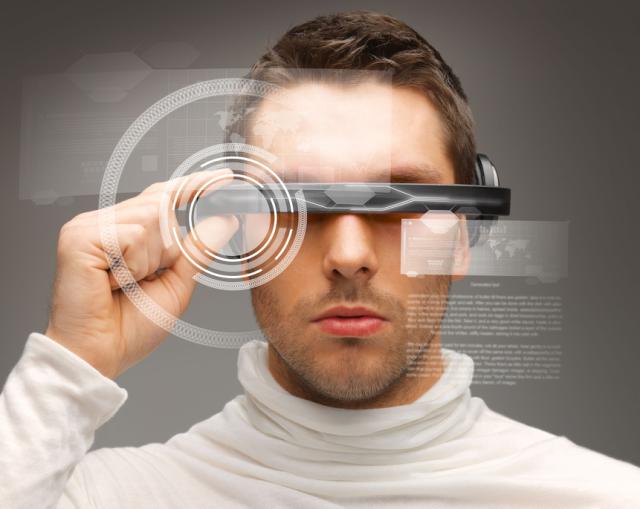Blog
Give Your e-Commerce Customers Virtual Reality
DynamicWeb
Virtual reality means immersion, and there are ways to immerse your e-commerce customers on your website today.
You’ve probably heard of virtual reality.
Maybe you’ve heard that Facebook bought the virtual reality upstart Oculus VR for $2 billion dollars. While the headset technology is not ready for the mass market yet, there are still lessons to be taken from the future and applied in the present.

The virtual-reality headset from Oculus VR, called the Oculus Rift, has been getting rave reviews from those who have used it. The headset, which straps around the user’s eyes and fills their entire field of vision, is designed to make the person feel like they’re truly “in” a given environment.
While it was originally designed for gaming, Facebook sees the Oculus Rift as an entire platform, and we easily envision e-commerce joining the virtual world when the tech becomes commonplace. For now, how do you use the principles of immersion and virtual reality for your current e-commerce shop?
The most immediate analogy for virtual reality is with mobile. There is a recent technological boom that many companies are still struggling to keep up with, and it comes in the form of smartphones and tablets. More and more customers are accessing sites with mobile devices, and much like the virtual-reality headset, the content has to fit the screen in front of their eyes.
When a website’s content is cut off or the text is too small or the navigation is cumbersome, then that website’s visitors quickly bounce to a competitor’s site. A responsive website that fits to a variety of screen sizes is key to the mobile e-commerce experience.
Mobile, like a virtual-reality headset, is also a personal device. As a personal device, a mobile device offers insights into your specific customers, such as location-targeting, that give you chances for more targeted marketing.
The main reason to strap on a headset though is for the immersion.
The Oculus Rift actually tracks your head movements as you look around, which changes what you see just as it would in “the real world.” Imagine giving your customers a virtual tour through your e-commerce store. In your virtual store, customers examine products from all angles and get a real hands-on feel for your offerings.
While we’re not at full virtual reality yet, a lot of similar benefits are available to your customers with immersive, creative content. For instance, 360 degree images are a reality now. When you offer 360 degree views on your products, complete with the capability to zoom in and out, your customers are closer to virtual reality than static, unmoving images. If a single picture is worth thousand words, then a 360 degree picture is worth 360,000 words! That’s an enticing product description.
In addition to rotating images with a full view of the product, video content also gives your customers a better look at their potential purchase. Convince your prospects that they’re choosing the right solutions with videos that offer “how to” demonstrations and product walkthroughs. Without virtual-reality goggles and motion-tracking, this is the next best approximation of being there in person. The closer you get potential customers to your products, the more they trust their purchase decision.
Especially relevant to Facebook, virtual reality also offers possibilities in the social realm. With a headset, your e-commerce customer could walk through your store and see virtual salespeople and even other virtual customers. To replicate your virtual sales team on your website, use guided selling to both help and guide your customers towards the products that are most relevant for their interests. And if you offer online customer reviews, the “discussion” that happens in your virtual store helps direct potential customers to the right solutions as well.
You don’t have to get ready for Oculus just yet.
In the meantime, offering your website visitors more immersion and a more personal experience greatly boosts their customer experience. The closer your customers feel to your e-commerce store, the better. And if the future is truly virtual reality, then consider these tips as preparation.
We’re also here to help with any other questions or needs — email our team at info@dynamicweb.com.